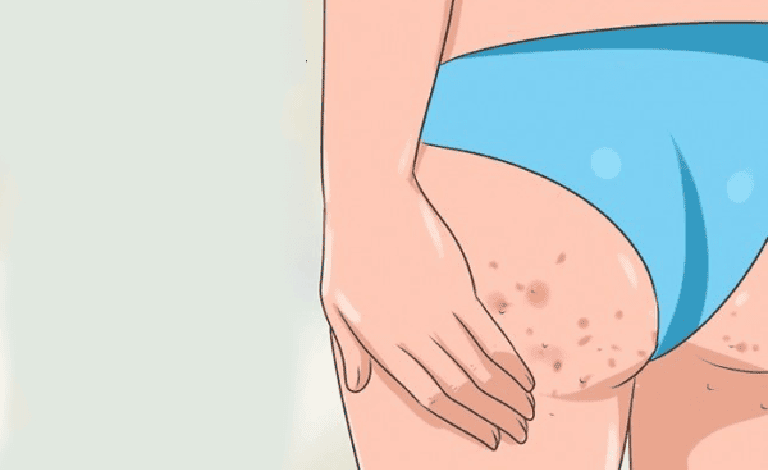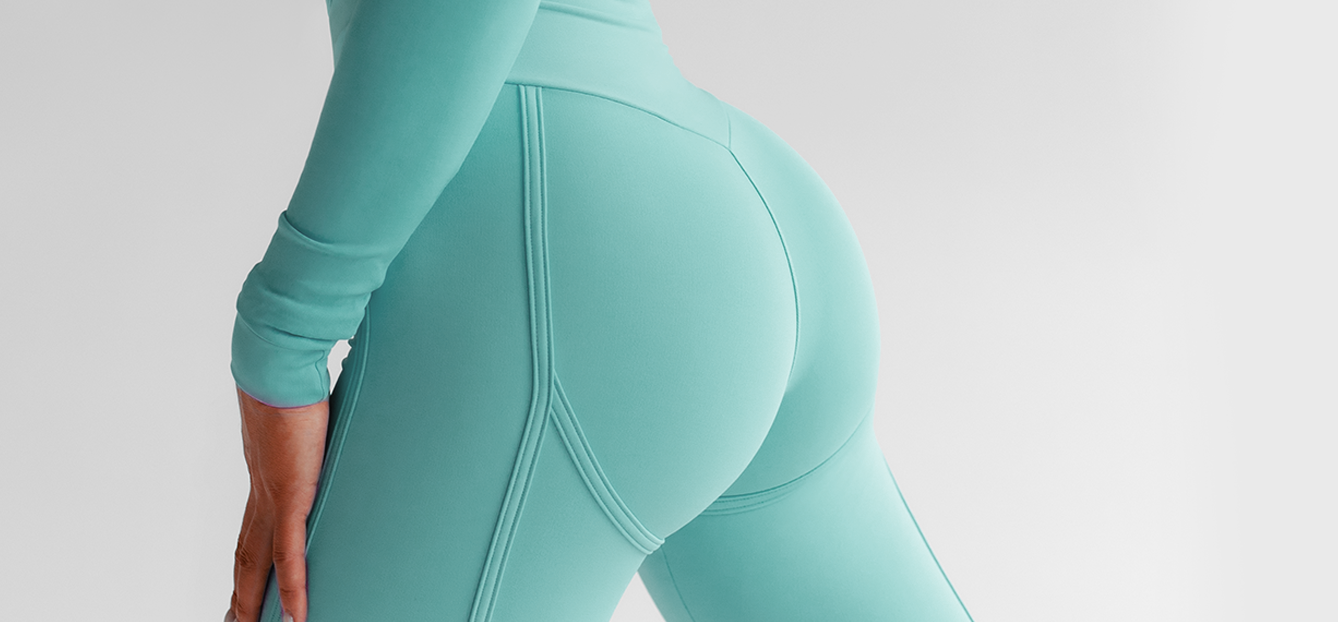Retinol for Keratosis Pilaris: Transform Your Skin
As a beautician, you understand the importance of providing effective skincare solutions for your clients. One common skin concern that many people face is keratosis pilaris, a condition characterized by small, rough bumps on the skin. Often found on the arms, thighs, and buttocks, it can be a source of frustration for many. Fortunately, retinol has emerged as a promising solution in managing this condition. Understanding how retinol works and how to incorporate it into your clients' skincare regimen can make a significant difference in their skin's appearance and texture.
Keratosis pilaris is a common yet often misunderstood skin condition. It is caused by the buildup of keratin, a protein that protects the skin from infections and environmental toxins. When keratin clogs hair follicles, it results in the characteristic rough, bumpy texture. While keratosis pilaris is harmless, it can be aesthetically displeasing, prompting many to seek solutions.

How Retinol Works
Retinol, a derivative of vitamin A, is widely celebrated for its ability to promote cell turnover and exfoliation. By accelerating the shedding of dead skin cells, retinol helps to prevent the buildup of keratin, thereby smoothing the skin's surface. This makes it a valuable tool in tackling keratosis pilaris. Additionally, retinol can improve skin tone and texture, reduce the appearance of fine lines, and enhance overall skin health.
Incorporating Retinol into Skincare Routine
Introducing retinol into your clients' skincare routine requires careful consideration. It is crucial to start with a low concentration and gradually increase it to avoid potential irritation. Encourage your clients to apply retinol-based products at night, as sunlight can degrade the efficacy of retinol. Advise them to use sunscreen during the day to protect their skin.
For those new to retinol, products such as serums or creams with a concentration of 0.25% to 1% are ideal starting points. As their skin builds tolerance, they can gradually increase the concentration. It's important to inform your clients that noticeable improvements in their keratosis pilaris may take several weeks to months.
Benefits of Retinol for Keratosis Pilaris
The benefits of using retinol for keratosis pilaris extend beyond just smoothing the skin. Retinol can also enhance the skin's overall appearance, making it look more youthful and radiant. By promoting collagen production, it can help to improve skin elasticity. This dual action of exfoliating and rejuvenating the skin makes retinol a powerhouse ingredient in any beautician's toolkit.
Additionally, retinol can be combined with other exfoliating agents such as salicylic acid or glycolic acid for enhanced efficacy. These combinations can offer a comprehensive approach to managing keratosis pilaris.
Considerations and Precautions
While retinol is a powerful ally in the fight against keratosis pilaris, it is essential to consider its potential side effects. Some individuals may experience dryness, redness, or peeling, especially when first introducing retinol to their regimen. It is crucial to remind your clients to moisturize regularly and to use products designed for sensitive skin if they experience irritation.
Furthermore, pregnant or breastfeeding clients should avoid retinol due to potential risks. Always advise clients to consult with a dermatologist if they have concerns or if their skin reacts adversely to retinol.
Client Success Stories
Many beauticians have witnessed remarkable transformations in their clients' skin after incorporating retinol into their skincare routines. From reduced bumpiness to a more even skin tone, the feedback is overwhelmingly positive. Sharing these success stories can help reassure hesitant clients and encourage them to try retinol-based treatments.
For instance, one client who struggled with keratosis pilaris on her arms reported smoother skin and improved confidence after just three months of using a retinol serum. Another client combined retinol with a gentle exfoliating scrub and noticed a significant reduction in bumpiness.
Conclusion
Incorporating retinol into the skincare regimen for clients with keratosis pilaris can yield impressive results. As a beautician, understanding how to effectively utilize this potent ingredient can enhance your clients' satisfaction and trust in your expertise. By educating clients about the benefits and precautions of retinol, you empower them to achieve smoother, healthier-looking skin.
For further information on managing keratosis pilaris, you can visit this comprehensive guide from the NHS.

FAQ
What is the best way to introduce retinol to my skincare routine?
Start with a low concentration of retinol, applying it a few times a week at night, and gradually increase the frequency as your skin builds tolerance. Always use sunscreen during the day.
Can retinol be used with other treatments for keratosis pilaris?
Yes, retinol can be combined with other exfoliating agents like glycolic acid or salicylic acid for enhanced results. However, it's essential to introduce new products gradually to avoid irritation.
Are there any side effects of using retinol for keratosis pilaris?
Some users may experience dryness or irritation when starting retinol. It's important to moisturize regularly and consult with a dermatologist if adverse reactions occur.

